-
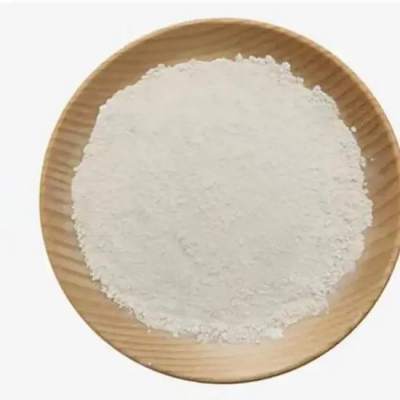
(2S,3S,5S)-2-Amino-3-hydroxy-5-(tert-butyloxycarbonyl)amino-1,6-diphenyl-hexane hemi succinic acid salt(BDH succinic acid salt) CAS:183388-64-9
BDH succinic acid salt, or (2S,3S,5S)-2-Amino-3-hydroxy-5-(tert-butyloxycarbonyl)amino-1,6-diphenyl-hexane hemi succinic acid salt, is a compound used in pharmaceutical research and development. It possesses unique chemical properties that make it valuable in studies related to amino acid derivatives and peptide synthesis.
-
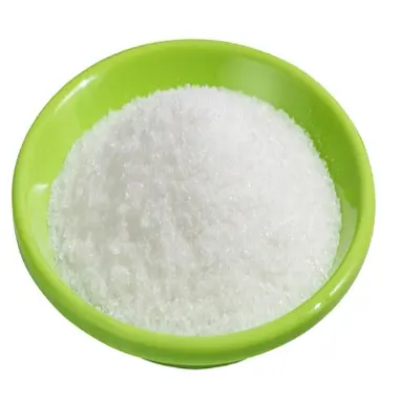
(1R,2R)-(-)-1,2- diaminocyclohexane acid CAS:20439-47-8
(1R,2R)-(-)-1,2-diaminocyclohexane acid is a chemical compound with the molecular formula C6H14N2O2. It is characterized by a cyclohexane ring with two amino groups (-NH2) attached to adjacent carbon atoms (1R,2R configuration) and a carboxylic acid group (-COOH) on another carbon atom. This compound is significant in organic chemistry and pharmaceutical research due to its potential as a chiral building block in the synthesis of biologically active compounds and as a ligand in asymmetric catalysis.
-
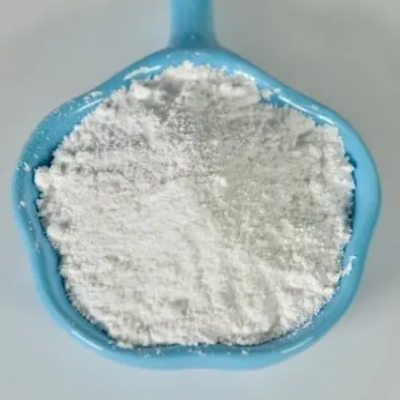
Fluorocytosine CAS:2022-85-7
Fluorocytosine, also known as 5-fluorocytosine, is a chemical compound with the molecular formula C4H4FN3O. It is characterized by the substitution of a fluorine atom at the 5 position of the cytosine molecule. Fluorocytosine is a nucleoside analog that has shown activity against certain fungal infections, particularly those caused by Candida species. Its mechanism of action involves disrupting fungal RNA and protein synthesis, making it a valuable antifungal agent in clinical settings.
-
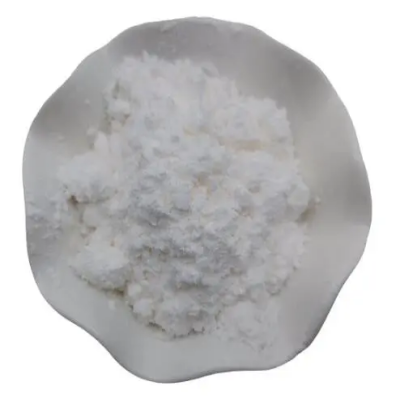
1,1-cyclobutanedicarboxylic CAS:5445-51-2
1,1-Cyclobutanedicarboxylic acid is a chemical compound with the molecular formula C6H8O4. It consists of a cyclobutane ring with two carboxylic acid (-COOH) groups attached to adjacent carbon atoms. This compound is notable in organic chemistry due to its unique strained ring structure, which influences its reactivity and applications in synthetic chemistry.
-
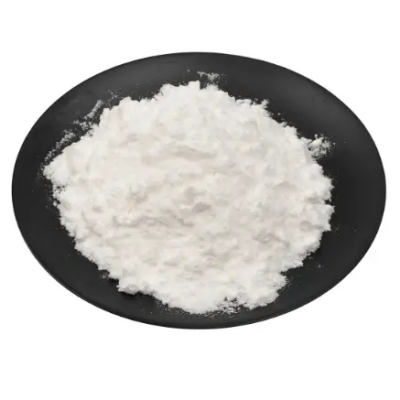
3-AMINOPHTHALIC ACID HYDROCHLORIDE CAS:6946-22-1
3-Aminophthalic acid hydrochloride is a chemical compound recognized for its versatile applications in organic synthesis and materials science. This compound is synthesized through the reaction of 3-nitrophthalic acid with ammonia or an amine, followed by hydrochloric acid treatment to obtain the hydrochloride salt. It exhibits distinctive structural features that contribute to its functional diversity and potential applications across various fields.
-

(S)-1-(3-Ethoxy-4-Methoxyphenyl)-2-(Methylsulfonyl)ethylaMine N-acetyl-L-leucine salt CAS:608141-43-1
(S)-1-(3-Ethoxy-4-methoxyphenyl)-2-(methylsulfonyl)ethylamine N-acetyl-L-leucine salt is a chemical compound known for its diverse applications in organic synthesis and medicinal chemistry. This compound is synthesized through the reaction of (S)-1-(3-ethoxy-4-methoxyphenyl)-2-(methylsulfonyl)ethanone with ammonia or an amine, followed by salt formation with N-acetyl-L-leucine. It exhibits distinctive structural features that contribute to its functional versatility and potential pharmacological activities.
-
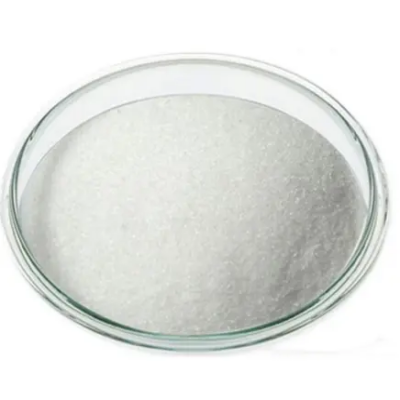
3-Quinuclidinol CAS:1619-34-7
3-Quinuclidinol, also known as quinuclidinol, is a significant compound in organic chemistry and pharmaceutical research due to its structural uniqueness and versatile applications. This chiral compound is derived from quinuclidine and exhibits distinct chemical and pharmacological properties that have attracted attention across various scientific disciplines.
-
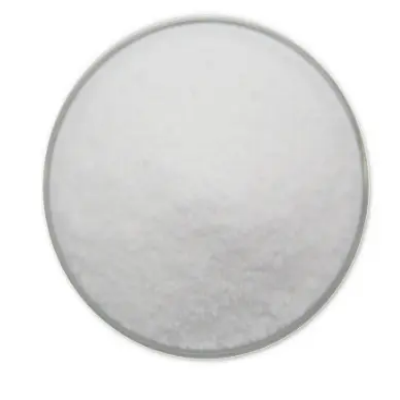
Edoxaban Impurity C (HCl) CAS:1243308-37-3
Edoxaban Impurity C (HCl) is a notable compound in pharmaceutical chemistry due to its implications in drug purity and safety assessments. As an impurity found in edoxaban, a novel oral anticoagulant, Impurity C (HCl) requires precise identification and characterization to ensure compliance with regulatory standards.
-
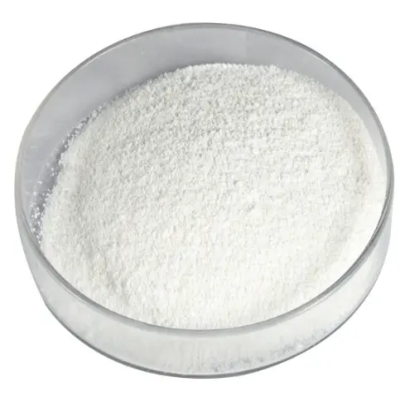
Solifenacin succinate CAS:242478-38-2
Solifenacin succinate is a pharmaceutical compound recognized for its efficacy in treating overactive bladder (OAB) symptoms in adults. As a selective muscarinic receptor antagonist, solifenacin succinate plays a crucial role in managing urinary urgency, frequency, and incontinence associated with OAB, significantly improving patients’ quality of life.
-
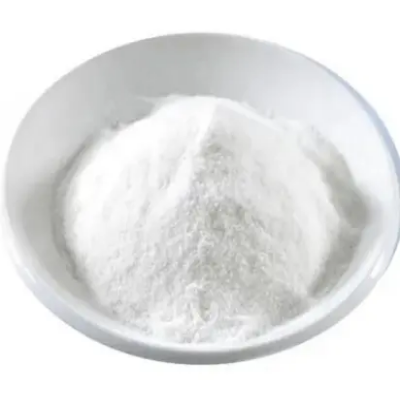
1,3-Dioxo-2-isoindolineaceticacid CAS:6296-53-3
1,3-Dioxo-2-isoindolineacetic acid is a chemical compound notable for its applications in organic synthesis and medicinal chemistry. Synthesized through the reaction of phthalic anhydride with glycine or its derivatives, this compound possesses unique structural features that contribute to its functional versatility and potential pharmacological activities.
-
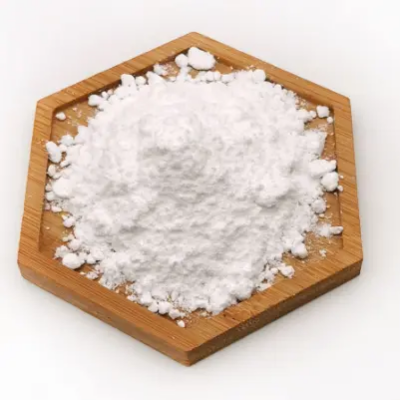
(6-broMopyridin-2-yl)(1-Methylpiperidin-4-yl)Methanone CAS:613678-08-3
(6-Bromopyridin-2-yl)(1-methylpiperidin-4-yl)methanone, also known as bromopyridine methylpiperidone, is a chemical compound valued for its diverse applications in medicinal chemistry and pharmaceutical research. Synthesized through the reaction of 6-bromopicolinic acid with 1-methylpiperidin-4-one, this compound possesses unique structural features that contribute to its pharmacological potential and functional versatility.
-
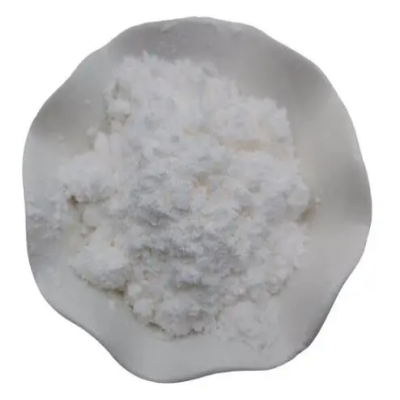
3-Ethoxy-4-methoxybenzaldehyde CAS:1131-52-8
3-Ethoxy-4-methoxybenzaldehyde is a chemical compound recognized for its significance in organic synthesis and medicinal chemistry. This compound is synthesized through the reaction of 3-ethoxy-4-methoxytoluene with an oxidizing agent, typically nitric acid, followed by subsequent oxidation to yield the aldehyde group. It features a distinctive molecular structure that contributes to its versatility and potential pharmacological activities.

